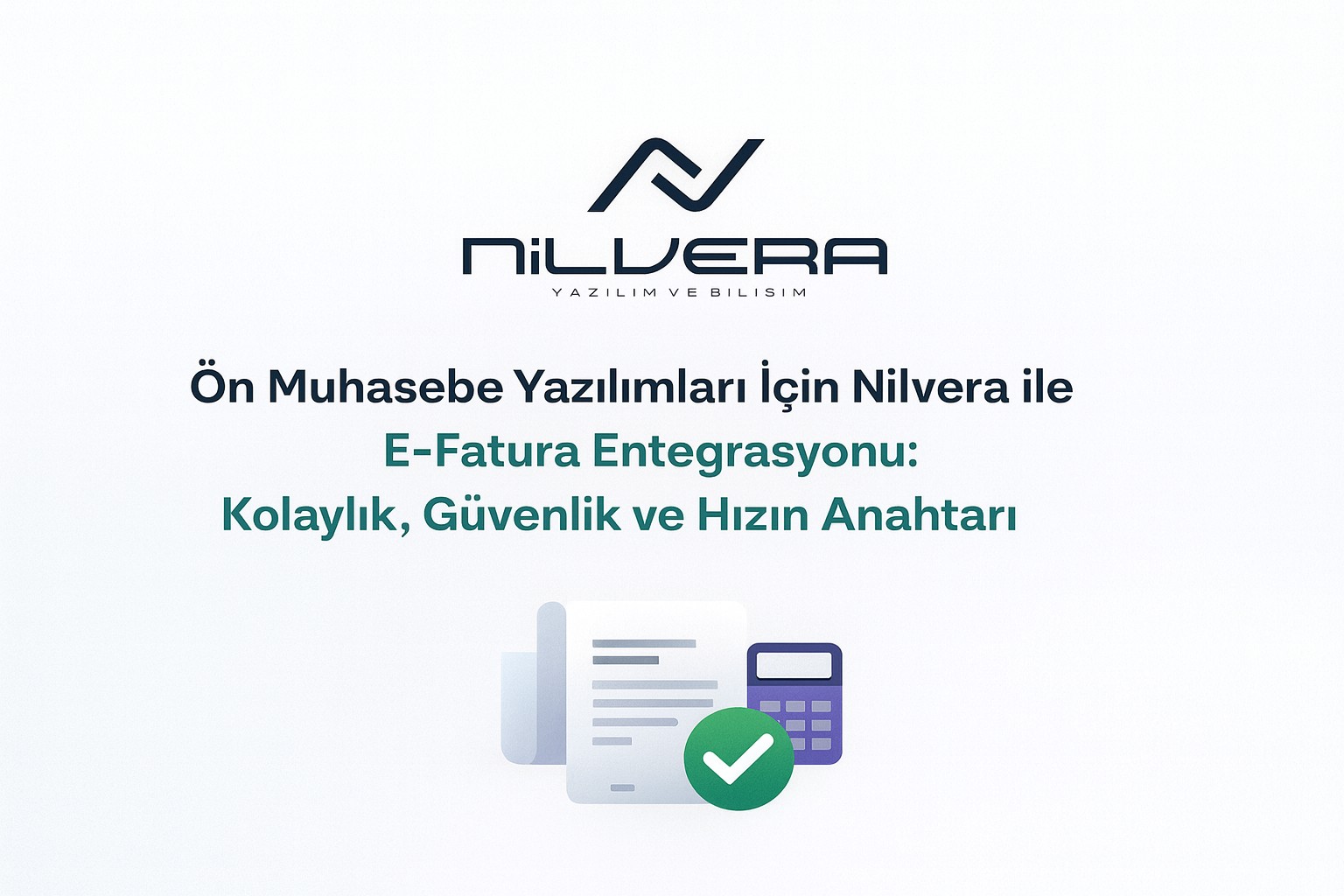The popular messaging app WhatsApp will now display ads! For a platform that plays a central role in the daily communication of billions, this marks a historic change. Owned by Meta, this massive network with over two billion active users is now set to adopt a new revenue model. With this move, a new era of advertising within the messaging experience is officially beginning. The long-standing rumors have finally been confirmed, sparking widespread curiosity and debate among WhatsApp users on topics ranging from privacy to user experience.
Meta’s New Revenue Model: WhatsApp Ads Announced
Having successfully implemented its advertising model on other social media giants under the Meta umbrella—like Facebook and Instagram—Meta is now extending this strategy to one of its most valuable assets: WhatsApp. This step is not only aimed at creating new revenue streams, but also at opening up new channels through which businesses can directly engage with customers. Meta officials have announced that WhatsApp will begin displaying ads. This strategy is central to the company’s plan to diversify its revenue and offers advertisers access to a massive audience previously out of reach. Sponsored content and targeted ad options for businesses will form the foundation of this transformation, turning WhatsApp from a simple messaging tool into a powerful marketing platform.
Where Will WhatsApp Display Ads?
Users’ biggest concern revolves around whether the ads will intrude on their private lives. Meta, aware of this sensitivity, has drawn clear boundaries on where and how ads will be shown. Ads will not appear in private chat windows or in the main messages list. Instead, they will be displayed only in the Updates tab. This area has been carefully selected to minimally impact the user experience. The tab includes Status updates and the Channels feature that users follow. In this section, ads will appear in a natural flow, much like Instagram Stories. By adopting a format users are already familiar with, Meta aims to minimize potential backlash.
Target Area: Channels and Status Feature
WhatsApp’s recently introduced Channels feature allows brands, media outlets, and content creators to communicate one-way with users. Ads will be shown specifically within these channels and Status updates. Meta plans to test various ad formats in this space, including videos, interactive polls, clickable product catalogs, and visual content. This feature not only serves as a new marketing platform designed specifically for brands and businesses but also offers them more direct access to their target audiences than ever before.
Privacy First: End-to-End Encryption Continues
Meta has emphasized multiple times that this ad decision will not compromise WhatsApp’s foundational focus on privacy. The platform’s core technology—end-to-end encryption—will remain firmly in place for personal messages, photos, voice notes, and calls. This means that no one, not even Meta, can read or listen to message contents.
Ads Won’t Be Based on Private Chats
So, what data will be used to determine which ads are shown? Meta states that ad targeting will not involve reading personal conversations. Instead, it will rely on anonymized metadata such as followed channels, language preferences, device type, and general (non-precise) location information. This is the company’s most significant commitment to protecting user privacy. However, Meta’s track record with data privacy has left some users understandably skeptical.
The End of the Ad-Free Era and WhatsApp’s Changing Vision
WhatsApp was originally designed by its founders, Jan Koum and Brian Acton, to be a completely ad-free platform. Their motto, “No Ads, No Games, No Gimmicks,” was at the core of the app’s identity. However, after Facebook acquired WhatsApp for $19 billion in 2014, it became increasingly clear that this ad-free vision would not last forever. Now, under Meta’s ownership, WhatsApp is departing from its original philosophy and experimenting with a new revenue model. This marks the beginning of WhatsApp’s advertising strategy and suggests that the platform may explore other monetization methods in the future—such as paid subscriptions or premium business services. This transformation turns WhatsApp from a public-utility-like messaging tool into a fully integrated commercial component of the Meta ecosystem





